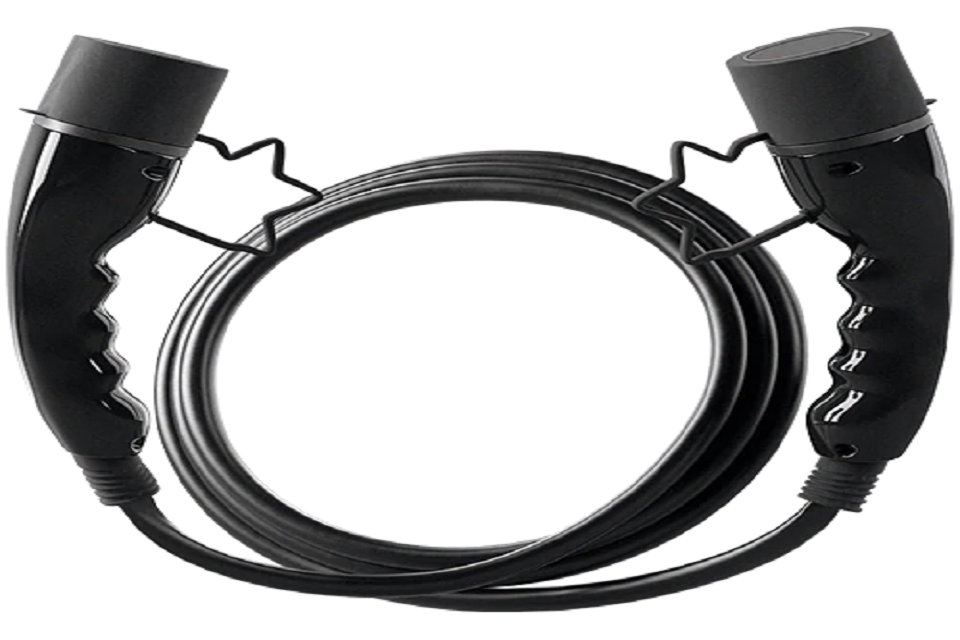Electric vehicles or EVs are shaping the motoring future in Australia. The nation is obsessed with the ‘go green’ approach and looking for ways to lessen its footprints. EVs are in demand but there is a need to explore their important feature. In Australia, there are several electric cars sold including HEVs [hybrids], Plug-in HEVs, and Battery EVs. There are sedans, SUVs, hatchbacks, and high-end EVs available. The rates depend on their model but the battery charger type needs a learning curve.
EV charging levels
When you visit Jucer to buy the EV charging cable, you need to understand the difference between the three categories of charging rates referred to as ‘Levels’. Obviously, the higher the level is the faster the charging will be.
Difference between L1, 2 & 3 EV charging
Level 1
It is a portable EVSE [electric vehicle station equipment] suitable for small battery sizes like those built-in PHEVs [Petrol-hybrid EVs]. It is suitable for lengthy charging time. Level 1 charging can be a supplement to people driving more than 40 km/day.
It can be an alternative for those drivers who cannot charge at home because they have no fixed parking or a garage at home. Experts recommend choosing a level 1 charger if you drive less than 4000 km annually.
Level 2
Wall box chargers are designed specially to allow an increase in the charging speed up to 19.2 kWh. Unlike level 1, the car is connected to an electric network directly via a special socket having a dedicated circuit and plug.
Level 2 charging level offers 70 miles of driving range in an hour. However, it needs tough equipment and strong wiring to deal with the extra heat electrons generate. Level 2 charging equipment is expensive to install but the increase in the convenience of time savings crushes the cost factor.
Level 3
Level 3 is for direct charging [DC]. It means unlike levels 1 & 2, the level 3 chargers charge directly in DC. The EV batteries are designed to store electricity in DC form. So, in level 3 chargers the electricity does not have to get converted from AC to DC. It gets fed straight in a compatible DC form allowing a faster, efficient, and quick process.
Level 3 needs specific panels and upgrades suitable for DC charging, so is costly to deploy. Nevertheless, the 70 km range is got with just 10 minutes of charging. These fast-charging public charging points need more power than residential use.
The EV charging station’s speed can be separated into ‘Levels’, while the plugs or cables are referred to as ‘Types’.
Electric Vehicle battery charging time
Battery size and type as well as a power source for charging define the time. It can range from 40 minutes to a couple of days. E.g. a PHEV can charge 80% within an hour at a commercial DC charging station, while it can take more than 9 hours to charge from an average home charging station.
EVs battery range
The distance and EV covers on a full-charge battery depend on several factors like battery type, battery size, EV type, make & model, driving condition, and use of in-built elements like air-conditioning.


